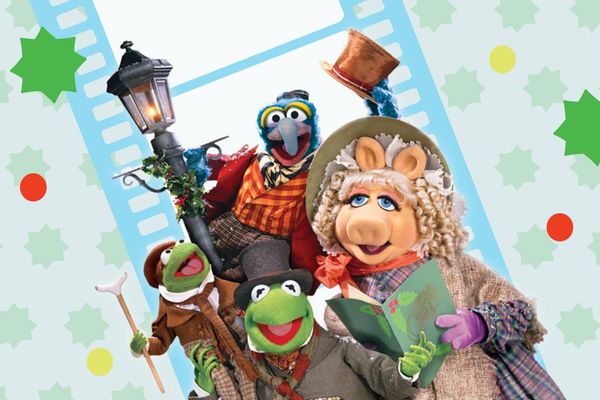Welcome to our weekly 'Ask a Vet from the SF SPCA' feature on 7x7.com. Dr. Jeannine Berger, DVM, DACVB is a board certified veterinary behaviorist who counsels guardians whose pets’ issues are beyond the scope of training. Think of her as a pet shrink…at your service. Ask your own questions in the comments!
Q: I have a fourteen-year-old Rottweiler. She is losing weight and is weakening in her hindquarters. I really want to adopt another dog from a shelter, but am not sure if this is a good time to add another dog. Will it help my dog to be more active or stress her out?
A: First, your fourteen-year-old needs to see a vet, if she has not already. She needs to have her health checked and be evaluated for the weight loss and the weakness in her hindquarters. That is where you want to start. If she is seriously sick, it might not be a good time to bring a second dog to your home. The stress of a new dog might exacerbate her illness.
It also depends how your older dog is getting along with other dogs in general. How does she handle unfamiliar dogs in her home? If she is generally hesitant to meet other dogs, it might not be a good time to introduce another dog at this time. However, if she enjoys company of another dog it might help her to perk up.
I have seen many examples where an older dog enjoys the company of a younger dog. A puppy might be a bit too enthusiastic about constant play time, but a young adult dog could certainly lift your dogs spirits. Keep in mind, dogs, like people, need time to build relationships. The more quarrel-free you can keep the early stages of the sibling relationship, the stronger it will be. If you adopt from the SF SPCA, we encourage the two dogs to meet at our facility first. Our adoption team can read body language when the dogs meet and get a sense of whether it's going to work or not. If, once you get home, the pairing isn’t working, we will always take the dog back, find it another home, and find you another match.
Getting ready is half the battle. Before you bring your new dog home, be sure to go shopping for all the supplies your new dog needs. He will need his own water and food bowl, dog bed, and dog toys. Don’t expect your older dog to share.
Next, set the stage. Pick up all toys, chews, bones, food bowls, and the resident dog’s favorite items. When dogs are creating a relationship, these items may cause rivalry (they can be introduced after a couple of weeks). Make sure each dog has his/her own private space. Furnish a spare room, crate, or dog-proofed enclosed area with his food, water, toys, and bed to confine the new addition. Inside the house, carefully watch your dogs’ body language for clues before you increase their time together. The first time the two dogs are inside your house, keep them both on leash and keep the introduction short and positive. Relationships take time, so be patient and let your dogs work it out at their own pace.
Good luck!





















